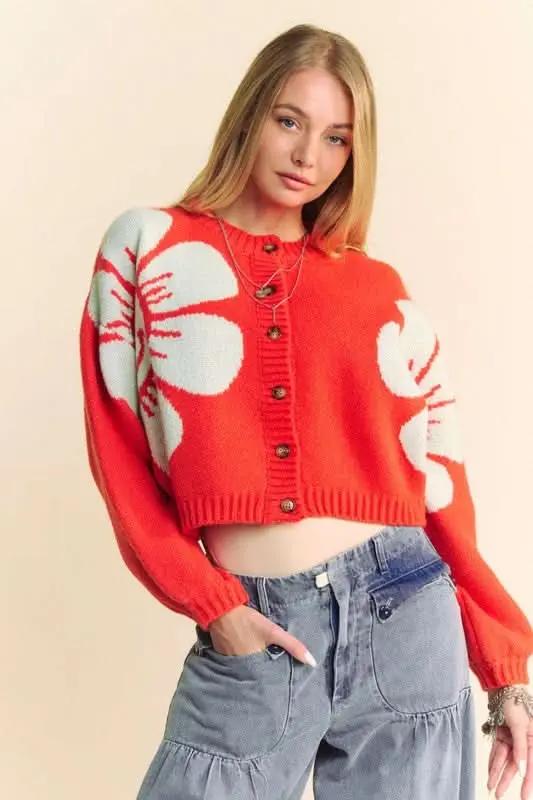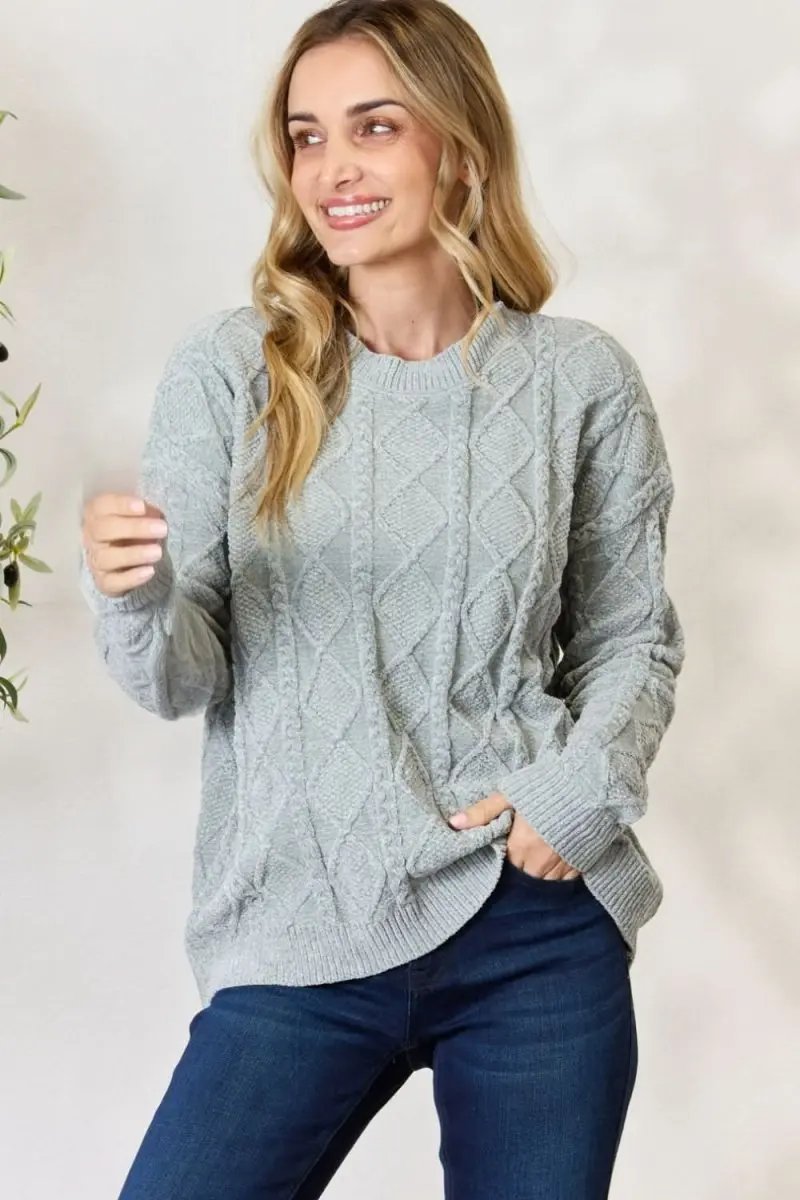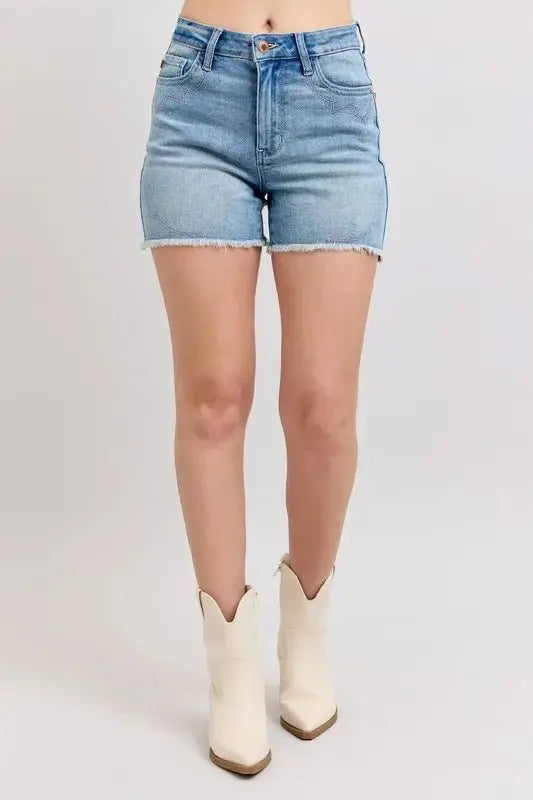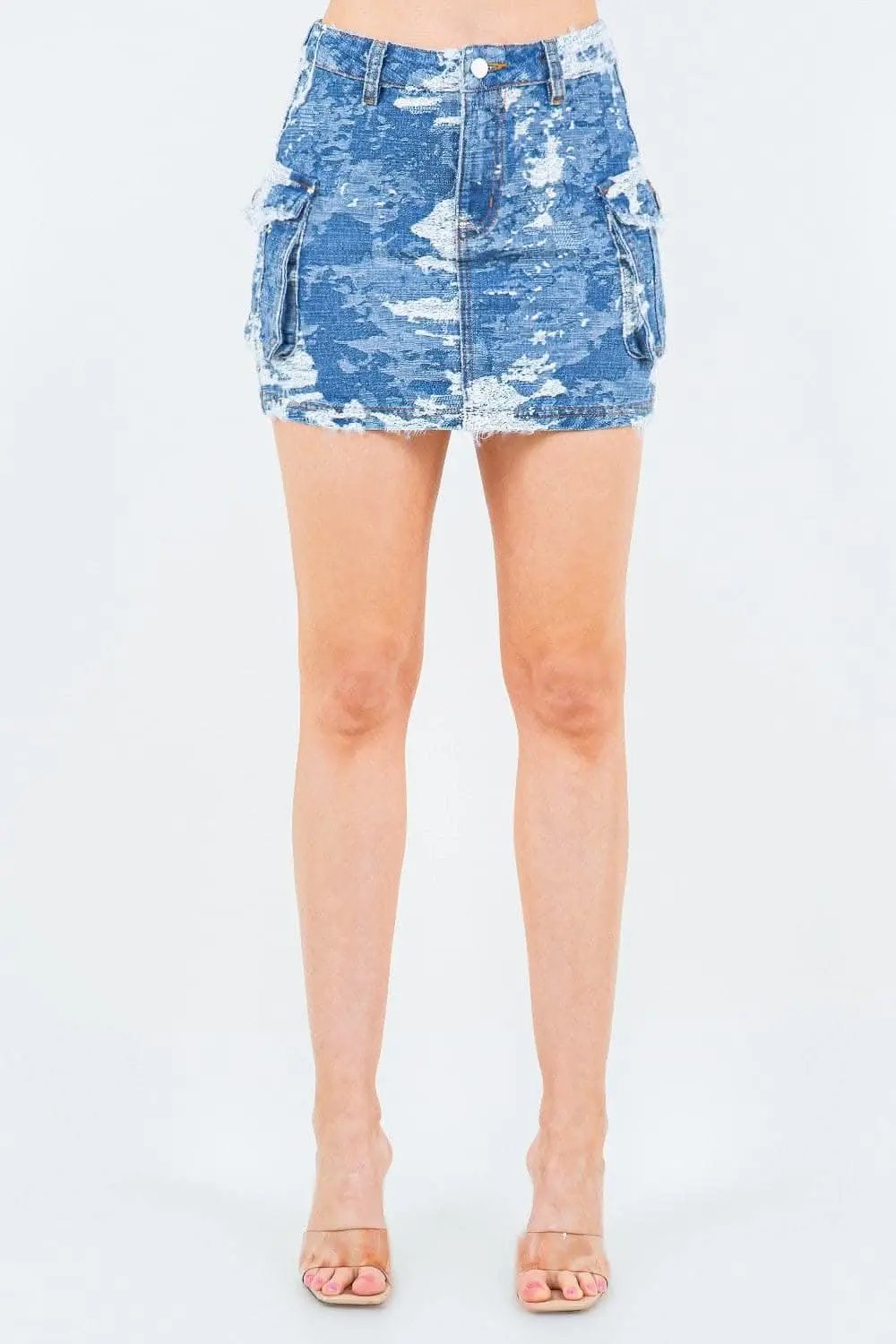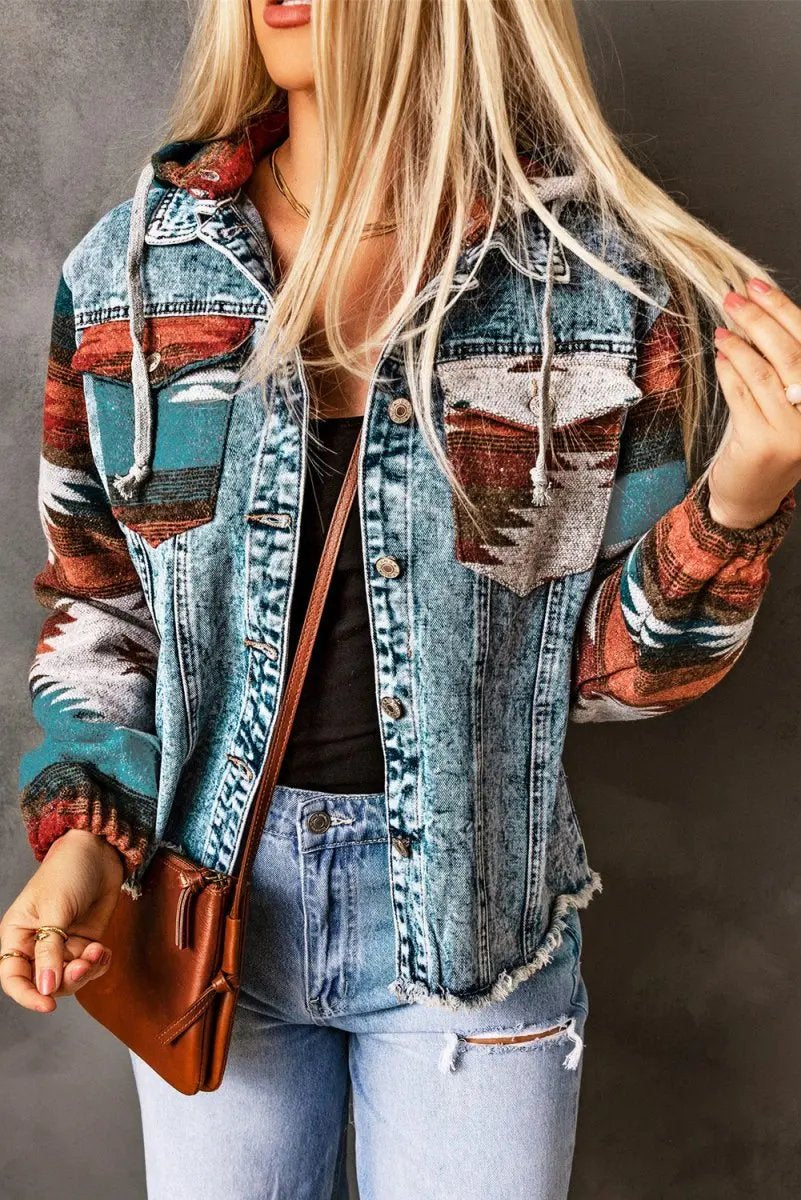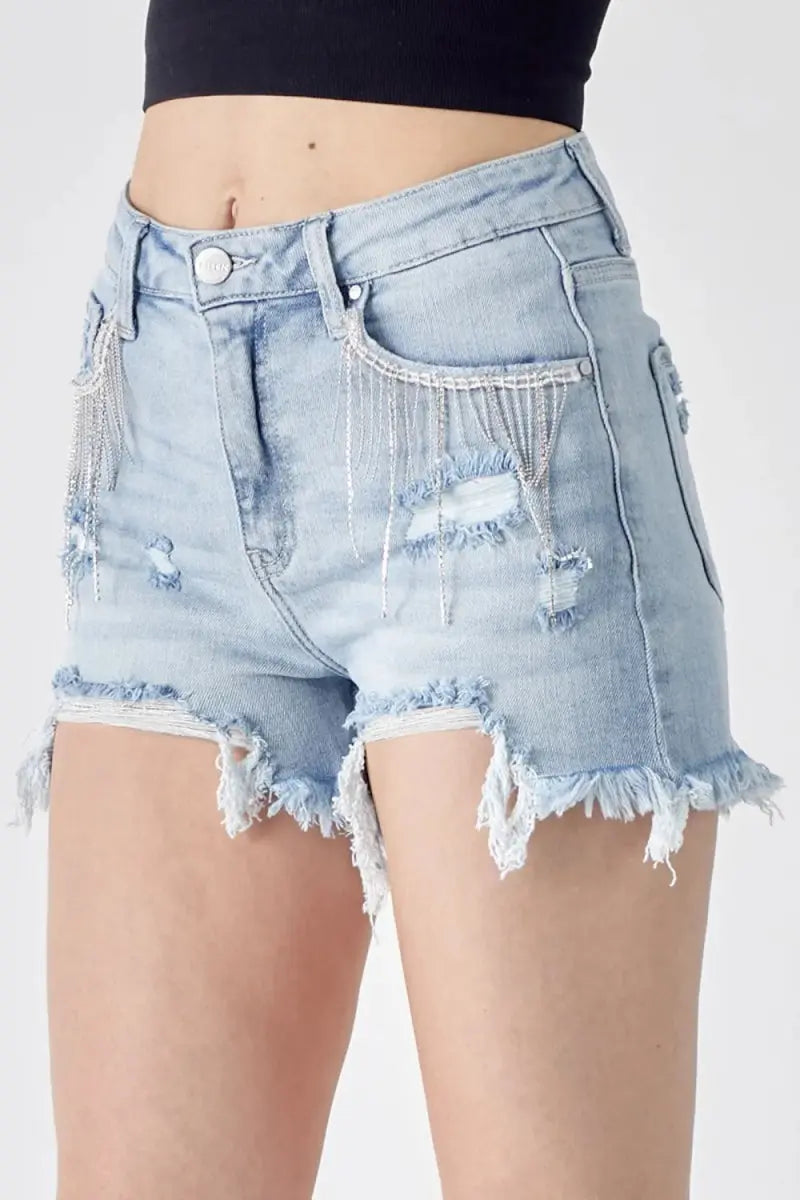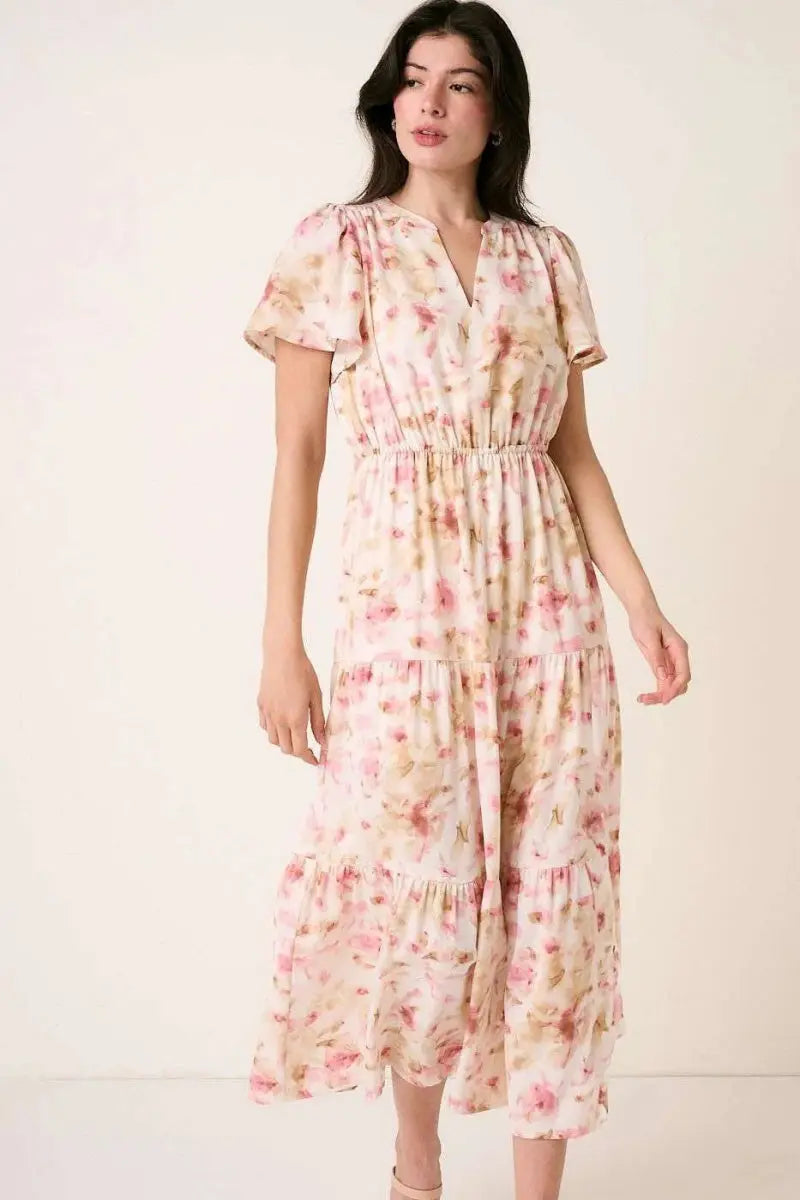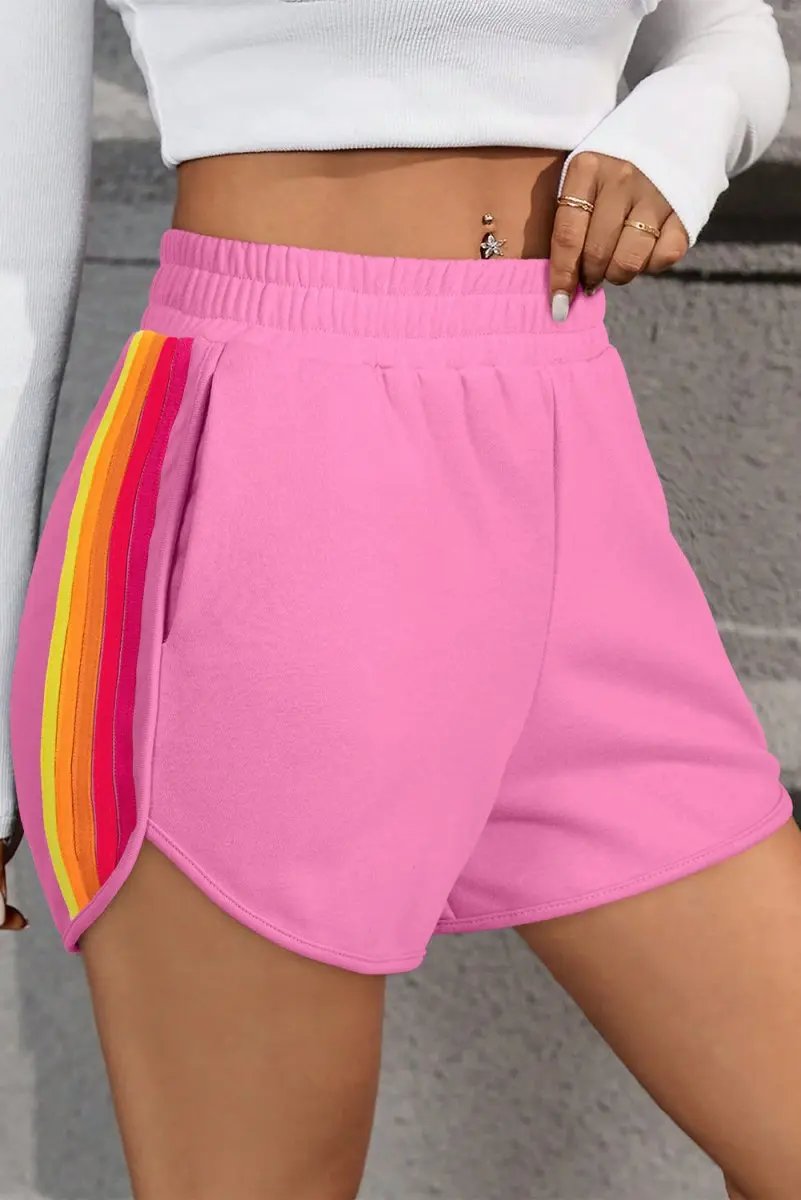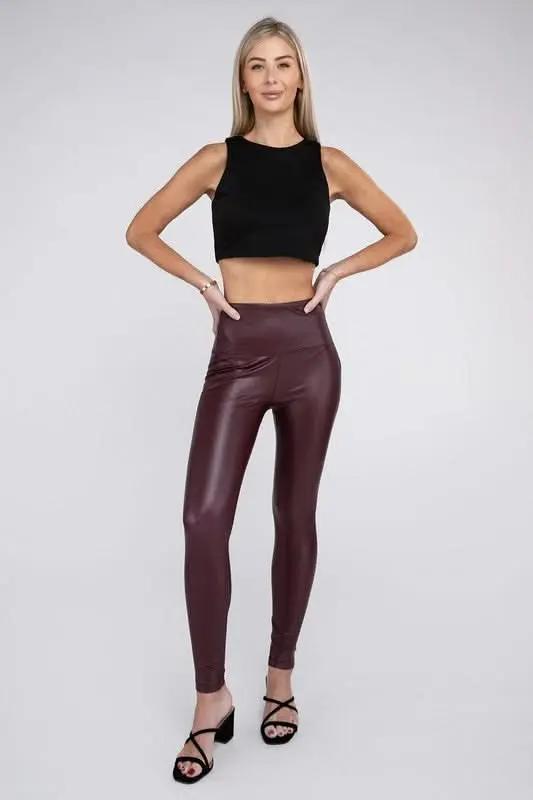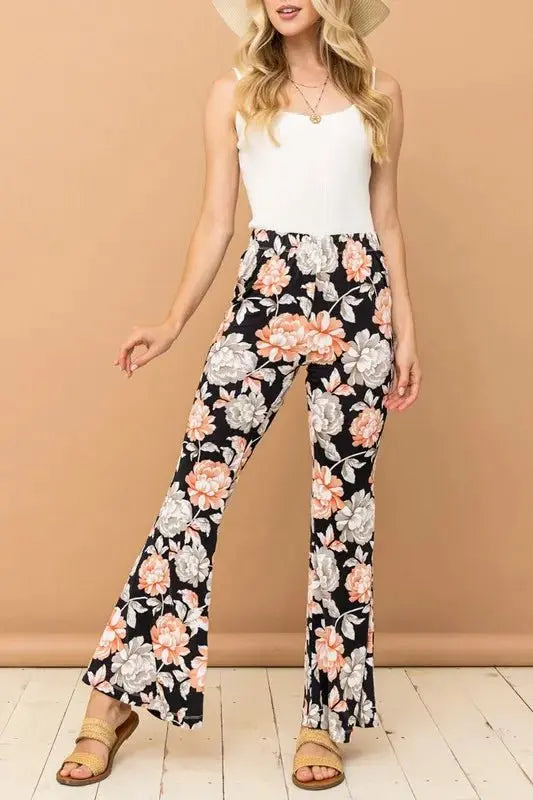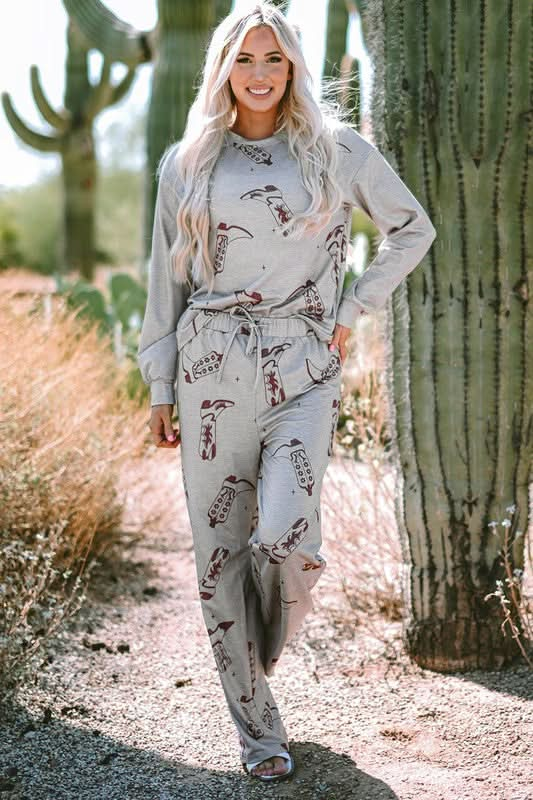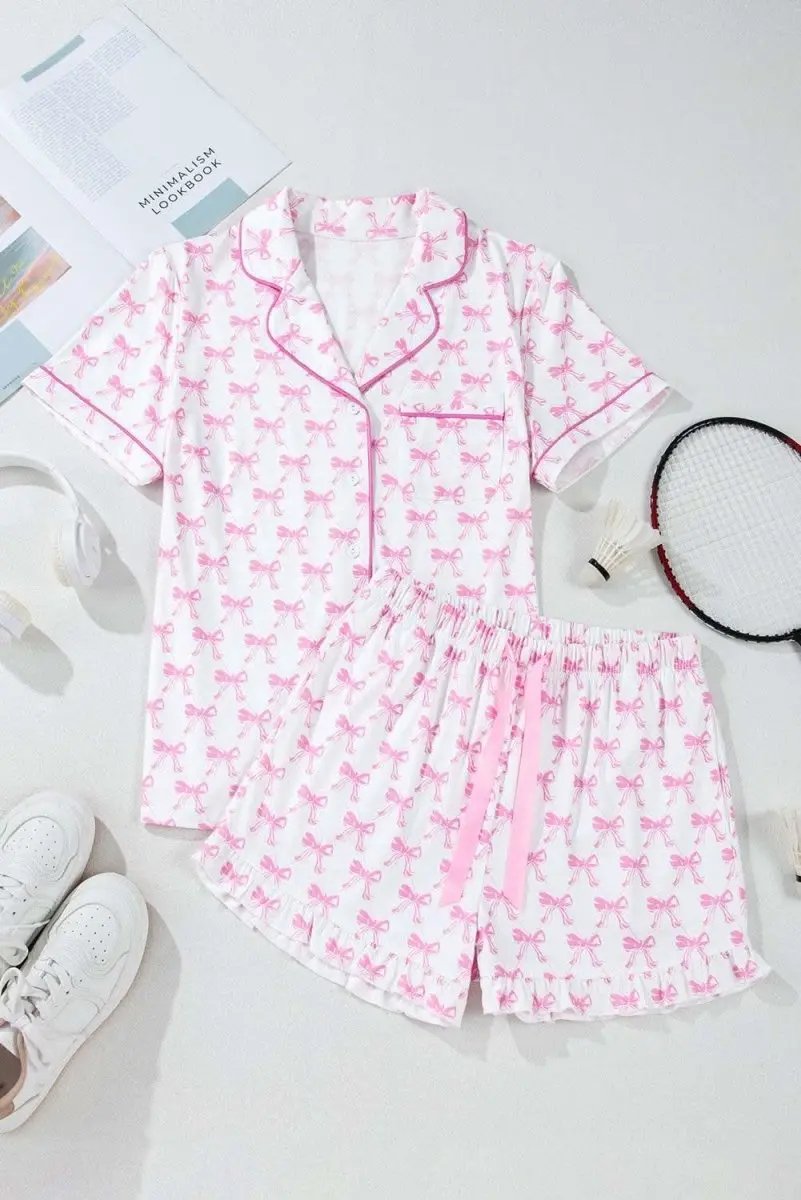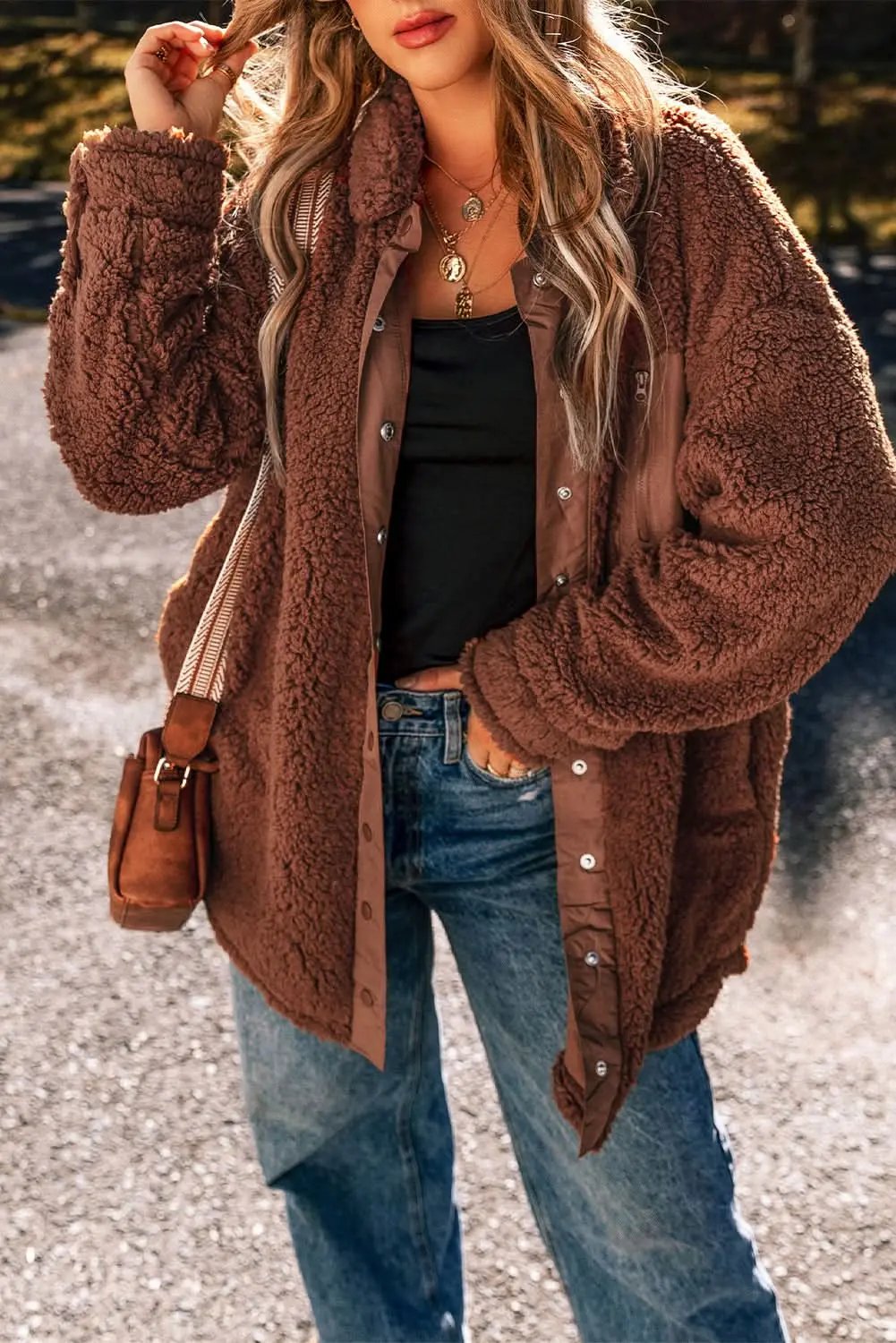Introduction: Why Fit-Forward Remixing Matters
Flying Tomato has become a go-to for sustainably minded shoppers seeking stylish plus-size clothing that celebrates curves. But even thoughtfully designed pieces benefit from a little tailoring and styling attention. This expanded guide is designed to be the definitive resource for remixing your Flying Tomato pieces in 2025. Youll find measurement routines, step-by-step DIY tailoring projects, fabric-specific care, detailed outfit formulas, shopping strategies, how to choose a tailor, budgeting guidance, and maintenance plans to extend garment life and reduce environmental impact.
How to Use This Guide
This article is organized so you can jump to what you need. If you want quick styling ideas, skip to the outfit recipes. If you plan to alter garments yourself, follow the measurement and DIY tailoring sections step by step. Return to the care and longevity tips to keep your remixed pieces looking fresh.
Core Concepts: Fit, Function, and Sustainability
- Fit is about proportion and comfort. A garment that follows your lines at the shoulders, bust, waist, and hips tends to look more intentional and flattering.
- Function means that alterations should preserve ease of movement and the purpose of the piece. For example, taking in a knit too much can restrict stretch, so modifications must respect fabric behavior.
- Sustainability is maintained when alterations extend the useful life of garments. Simple, reversible changes are more sustainable than fast, disposable fixes.
Take Accurate Measurements: The Fit Checklist
Before altering, take a small set of precise measurements. Use a soft measuring tape and stand in front of a mirror. Record values in inches or centimeters consistently.
- Bust: around the fullest part of the chest, keeping tape parallel to the floor.
- High bust: above the bust at the base of the neck, useful for shoulder and neckline adjustments.
- Underbust: directly under the bust, important for empire waists.
- Waist: at the natural waist, the narrowest point.
- High hip: 7 to 9 inches below natural waist for most bodies; measure where trousers sit.
- Full hip: around the fullest part of the buttocks and hips.
- Shoulder width: from seam to seam across the back where a garment sits naturally.
- Back waist length: from nape of neck to natural waist; critical for dress proportion.
- Sleeve length: from shoulder seam to wrist with arm slightly bent.
- Torso length for jumpsuits: shoulder through crotch to waist and waist to hem.
Keep a measurements file on your phone for quick reference when shopping or planning alterations.
Tools and Materials for DIY Tailoring
You dont need a professional sewing studio to make meaningful improvements. Build a small kit with the following:
- Sewing machine with stretch stitch and zigzag options
- Hand sewing needles and heavy-duty needles for thicker fabrics
- Thread in neutral colors and a color matched to key garments
- Seam ripper
- Tailor chalk or washable fabric marker
- Pins and clips (fabric clips for bulky knits)
- Measuring tape and a flexible ruler
- Scissors for fabric and small snips
- Elastic in various widths, clear elastic for shaping knits
- Bias tape and fusible interfacing for structure
- Blind hem foot or hand blind hemming needles
- Fabric glue or fashion tape for temporary fixes
Understanding Flying Tomato Fabrics and How They Behave
Flying Tomato uses a range of sustainable fibers, each requiring a different approach:
- Organic cotton feels familiar and trims cleanly. It can shrink slightly, so wash before hemming.
- Tencel and modal are drapey and soft. Use gentle pins and avoid strong tension on seams to keep drape intact.
- Recycled polyester blends hold structure, resist wrinkling, and allow precise tailoring—but check ease, as they may show pulling if taken in too much.
- Linen blends breathe beautifully but wrinkle. A slightly looser fit often flatters linen better than an aggressively tailored silhouette.
- Knits and jersey need stretch-conscious alterations. Use stretch stitches, ballpoint needles, and consider adding clear elastic at seams for stability.
Beginner-Friendly Alterations: Step-by-Step
These common fixes can transform fit and are suitable for sewists with basic skills.
1. Taking In Side Seams on Tops and Dresses
- Put the garment on inside out and pin at the side seams while standing naturally, moving arms to ensure mobility.
- Mark a new seam line with tailor chalk and take off the garment to measure and refine the line, tapering smoothly from underarm to hem.
- Use a sewing machine with a straight stitch for woven fabrics or a narrow zigzag/stretch stitch for knits. Start at the underarm and sew to the hem, backstitching at both ends.
- Trim excess fabric, leaving a 1/4 to 1/2 inch seam allowance, and finish with a serger or zigzag to prevent fraying.
2. Adding Simple Bust Darts for Shape
- Wear the garment and pin at points where fabric puckers or you want shaping, usually between the bust apex and side seam.
- Take the garment off and fold the pinned area flat, marking a dart triangle with chalk. Typical dart depth ranges from 1/2 to 2 inches, depending on how much shaping you need.
- Sew from the edge towards the point, tapering to nothing, then press the dart toward the center or down depending on design.
3. Shortening Straps and Adjusting Necklines
- For fixed straps, fold the strap at the desired length on the inside, stitch a secure bar tack or topstitch to hold. For an adjustable option, add a slider or a small self-fabric loop to thread the strap through.
- If a neckline gapes, add a small dart at the shoulder or install a nose bridge shaped stay between layers to stabilize the opening.
4. Hemming Skirts and Dresses Invisibly
- Try the garment with shoes you plan to wear and pin the new hem while standing.
- For woven fabrics, use a blind hem stitch. For knits, use a stretch blind hem or twin needle to preserve stretch and provide a professional look.
- Press the hem gently with steam, using a pressing cloth for delicate fabrics.
5. Replacing or Tightening Waistband Elastic
- Find the opening in the waistband or create a small seam allowance opening under a label.
- Remove old elastic and thread new elastic using a safety pin or elastic threader. Measure elastic against the wearer for desired tension.
- Sew elastic ends securely with a zigzag and close the opening with a straight stitch.
Advanced Alterations Worth the Tailor
Some modifications are best left to a professional, but knowing the vocabulary helps when you discuss your needs.
- Reshaping shoulders and armholes to correct fit and eliminate gaping.
- Adjusting sleeve caps for comfort and clean arm movement.
- Taking in the back or adding gores/panels to change silhouette significantly.
- Installing new linings, reinforced interfacing, or structured collars for tailored blazers and coats.
Choosing a Tailor: What to Ask and Expect
- Ask for examples of plus-size work or alterations on similar fabrics. Many tailors post before-and-after photos or will show in-person samples.
- Describe how you want the garment to feel and move, not only a numeric measurement. Discuss whether the change should be reversible.
- Get a written estimate and turnaround time. Expect minor fittings for major reshaping.
- Verify their finishing techniques, like seam finishes and edge treatments, to ensure longevity.
Budget Guide and Cost Expectations
Costs vary by region and tailor expertise, but here are general ranges to help plan:
- Simple hems: low cost
- Side seam adjustments: low to moderate
- Darts and minor shaping: low to moderate
- Waistband/elastic replacement: low to moderate
- Major restructuring and relining: moderate to high
Investing in tailoring often yields higher long-term value than repeatedly buying new items, aligning with sustainable wardrobe goals.
Styling Strategies: Create Flexible Outfits from Few Pieces
Optimizing a sustainable wardrobe is about versatility. Below are styling principles and outfit recipes to get the most wear from your Flying Tomato pieces.
Styling Principles
- Anchor with neutrals like charcoal, navy, olive, beige, and black to make printed or colorful pieces versatile.
- Play with proportion by pairing voluminous items with fitted pieces to create balance and define the waist.
- Use belts and layers to change the silhouette of a dress or tunic quickly. Consider detachable belts for multiple looks.
- Texture mix is key. Add knit, leather, or woven elements to enrich a simple outfit.
- Color strategy—pull a hue from a print for accessories to make outfits feel cohesive.
10 Outfit Recipes Featuring Flying Tomato Pieces
-
Weekend Errand Kit
- Oversized organic-cotton tee
- Relaxed joggers or tapered trousers
- Slip-on sneakers and a crossbody bag
- Optional: lightweight quilted vest for warmth
-
Office Capsule
- Single-breasted blazer with shoulder tailored
- High-rise straight trousers
- Silk or modal blouse tucked in
- Loafers or low block heels
-
Casual Date Night
- Midi wrap dress, add small darts for bust fit
- Cropped moto jacket
- Statement earrings and wedge sandals
-
Layered Transitional Look
- Fitted tank with longline cardigan
- High-waist skirt or jeans
- Wide belt and ankle boots
-
Street-Chic Mix
- Graphic tee knotted at the waist
- High-waist wide-leg trouser
- Chunky sneakers and bucket bag
-
Weekend Brunch
- Lightweight linen blend dress
- Espadrilles and a straw tote
- Add a removable belt for shape
-
Comfort-Forward Travel Outfit
- Soft jersey top and tapered travel pants
- Layer with a packable blazer or long cardigan
- Slip-on shoes and scarf that doubles as a blanket
-
Elevated Evening
- Satin skirt with fitted knit top (take in side seams)
- Longline duster coat and heeled sandals
- Clutch and minimal jewelry
-
Outdoor Layering
- Utility jacket over a tunic
- Leggings or straight jeans and hiking sneakers
- Beanie and crossbody for practicality
-
Office to Drinks
- Structured dress with detachable belt
- Swap flats for heels and add statement necklace
- Quick freshen: tuck and add a blazer for sharper lines
Color and Print Notes for Plus-Size Styling
Contrary to outdated rules, prints can be incredibly flattering on plus-size bodies when balanced correctly. Here are practical tips:
- Large prints can be worn confidently when paired with solid grounding pieces that define the silhouette.
- Vertical elements, like seams or elongated patterns, create a lengthening effect.
- Use color blocking to define waist or create an hourglass illusion.
Care, Repair, and Longevity: A Maintenance Calendar
Extending garment life is the most sustainable action you can take. Here is a simple schedule and quick fixes:
- After each wear: spot clean small stains, air out garments on a padded hanger to remove odors.
- Monthly: inspect seams, buttons, and hems. Reinforce weak threads and reattach loose buttons early.
- Seasonally: deep clean according to care label. Re-sew hems, replace elastic if needed, and press garments for storage.
- Yearly: reassess fit. As your body and style preferences change, small alterations can refresh a long-loved piece.
Small Repairs That Pack a Big Impact
- Reinforce stressed pockets with a small triangular bar tack.
- Use fusible patches to fix thin areas from abrasion, especially inner thighs of pants.
- Replace zippers if failing; an experienced tailor can match functionality for long-term use.
- Sew on gentle topstitching to stabilize stretched necklines and prevent future deformation.
When to Let Go or Repurpose
Part of sustainable style is honest evaluation. Keep a piece if alterations can restore fit or if it serves a clear purpose. Consider repurposing when structural issues are irreparable.
- Turn worn tees into loungewear or cleaning cloths.
- Use fabrics for simple projects like headbands, scrunchies, or patchwork quilts.
- Donate or swap with other plus-size shoppers to keep garments in circulation.
Choosing New Pieces from Flying Tomato with Tailoring in Mind
Buying strategically makes remixing easier:
- Buy the larger size when between sizes; taking in fabric is usually easier than adding it.
- Favor simple silhouettes with minimal seams for cleaner tailoring lines.
- Look for garments with design elements that accommodate tweaking, like side seams with larger allowances or removable belts.
- Check return policies before altering; some brands allow returns after alterations within a timeframe, but policies vary.
How to Photograph Your Before-and-After for Social Sharing and Record-Keeping
Documenting changes helps you track what works and shows tailors or online communities the result.
- Shoot in natural light against a neutral background.
- Take front, side, and back photos with the same pose for consistency.
- Note the alterations in a caption: what was done, cost, and how it changed fit and comfort.
Frequently Asked Questions
- Can I take in a knit top without losing stretch? Yes, by using a stretch stitch, ballpoint needle, and minimal tapering. Adding clear elastic at the shoulder or side seam can stabilize results.
- Is it worth tailoring inexpensive pieces? If the piece is a favorite and fits most of your style goals, a small investment in tailoring can convert a budget find into a long-lived staple.
- How much should I expect to spend on tailoring? Simple hems and darts are low cost. Major restructuring is pricier. Always ask for an estimate and consider the cost as part of the garment lifecycle rather than a one-time expense.
Resources and Next Steps
Build confidence one project at a time. Start with one easy alteration like a hem or elastic replacement, then progress to darts or side seams. If youd like a printable measurement chart, a step-by-step PDF for a specific alteration, or a list of recommended tailors in major cities, request it and Ill create it tailored to your needs.
Final Thoughts: Remix with Purpose
Maximizing Flying Tomato pieces is a practice in mindful consumption and personal style. By measuring thoughtfully, selecting reversible alterations, and applying versatile styling techniques, you transform garments into customized staples that reflect your body, values, and life. Each small repair or fit tweak reduces waste and helps create a wardrobe that is both beautiful and sustainable.
Quick Action Checklist
- Take and save your measurements today.
- Choose one Flying Tomato piece and identify one alteration from this guide.
- Decide DIY or tailor and budget the cost.
- Plan three outfits using the adjusted piece to ensure versatility.
- Follow the care calendar to extend life and reduce waste.
Call to Remix
Try one small alteration this week and share a before-and-after. Tag the community, swap tips, and help spread the idea that sustainable plus-size fashion looks and fits amazing when we invest a little time and creativity. Want customized advice for a specific Flying Tomato piece in your wardrobe? Describe the item and your fit concern, and I will suggest a precise alteration and styled outfit plan.
